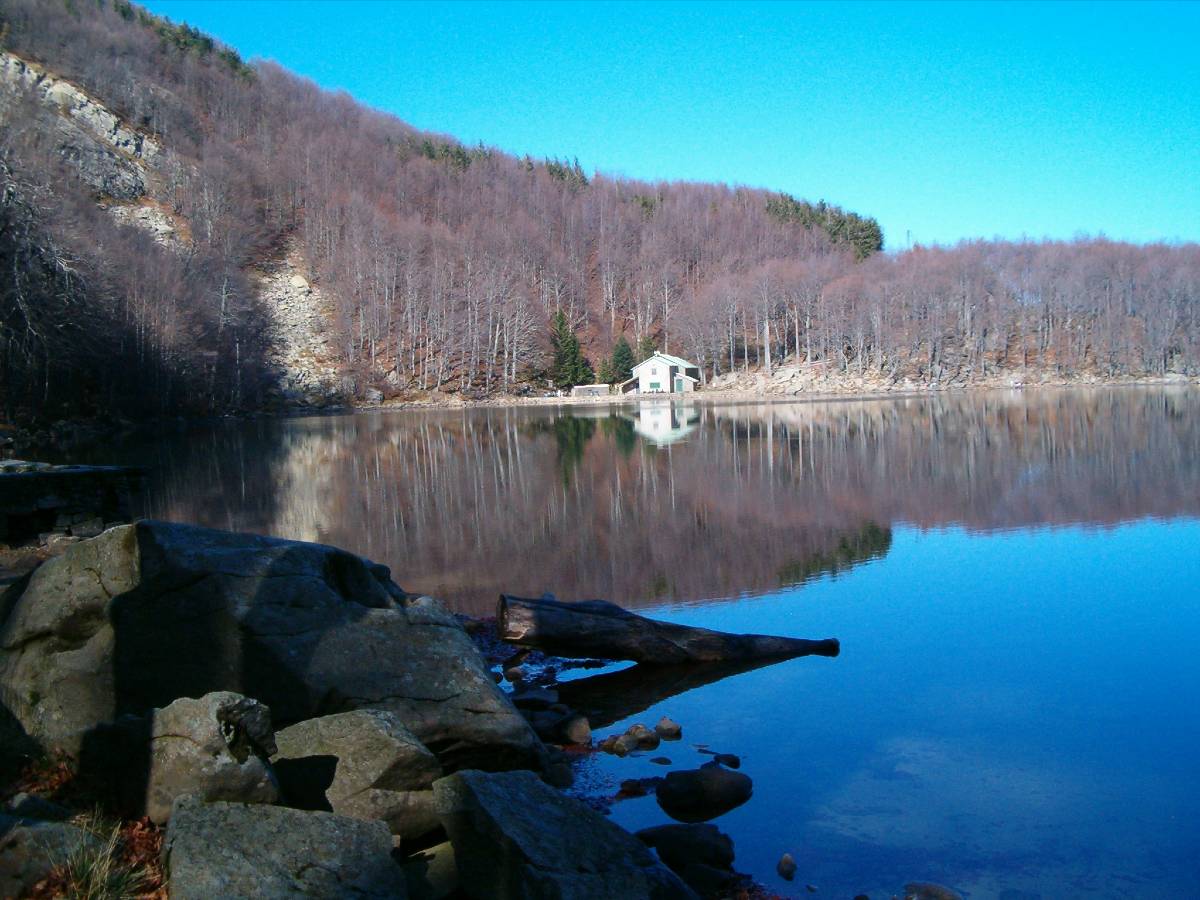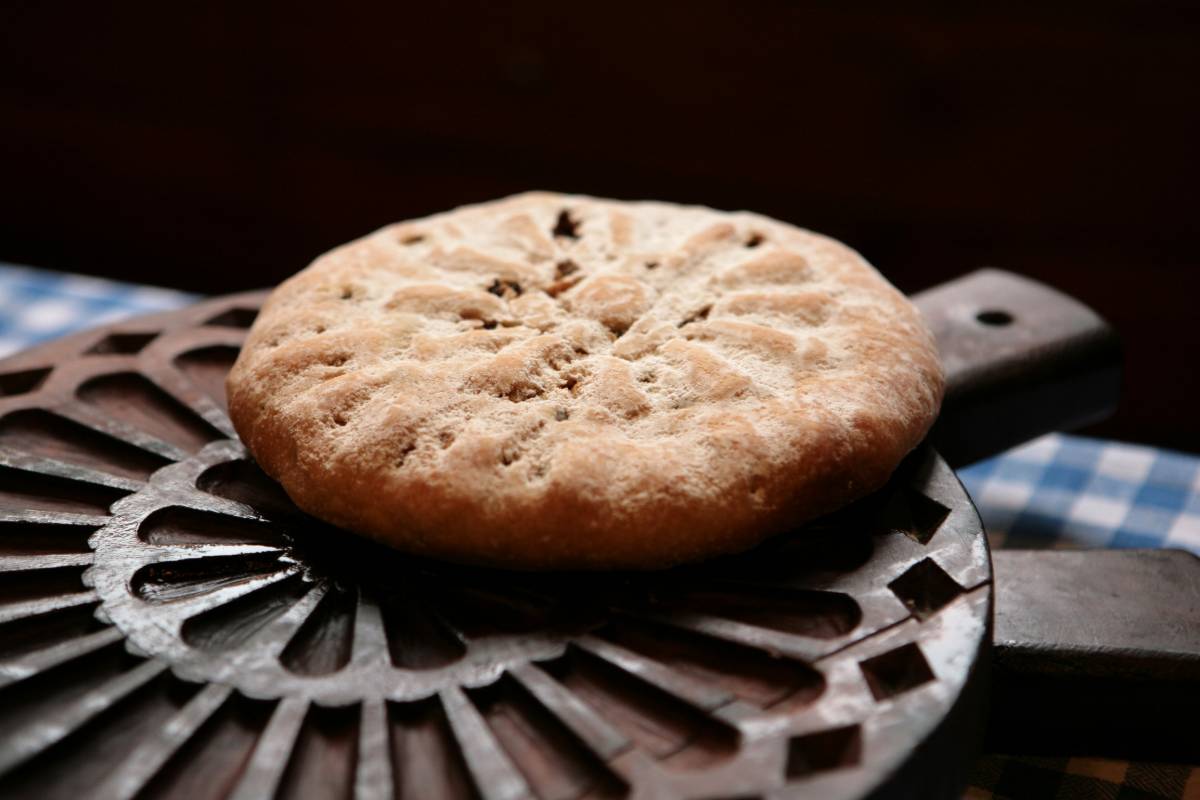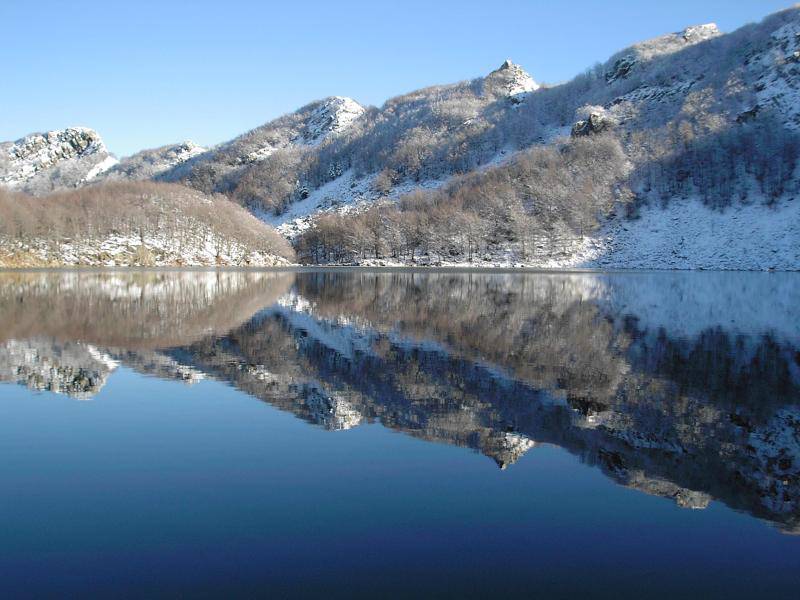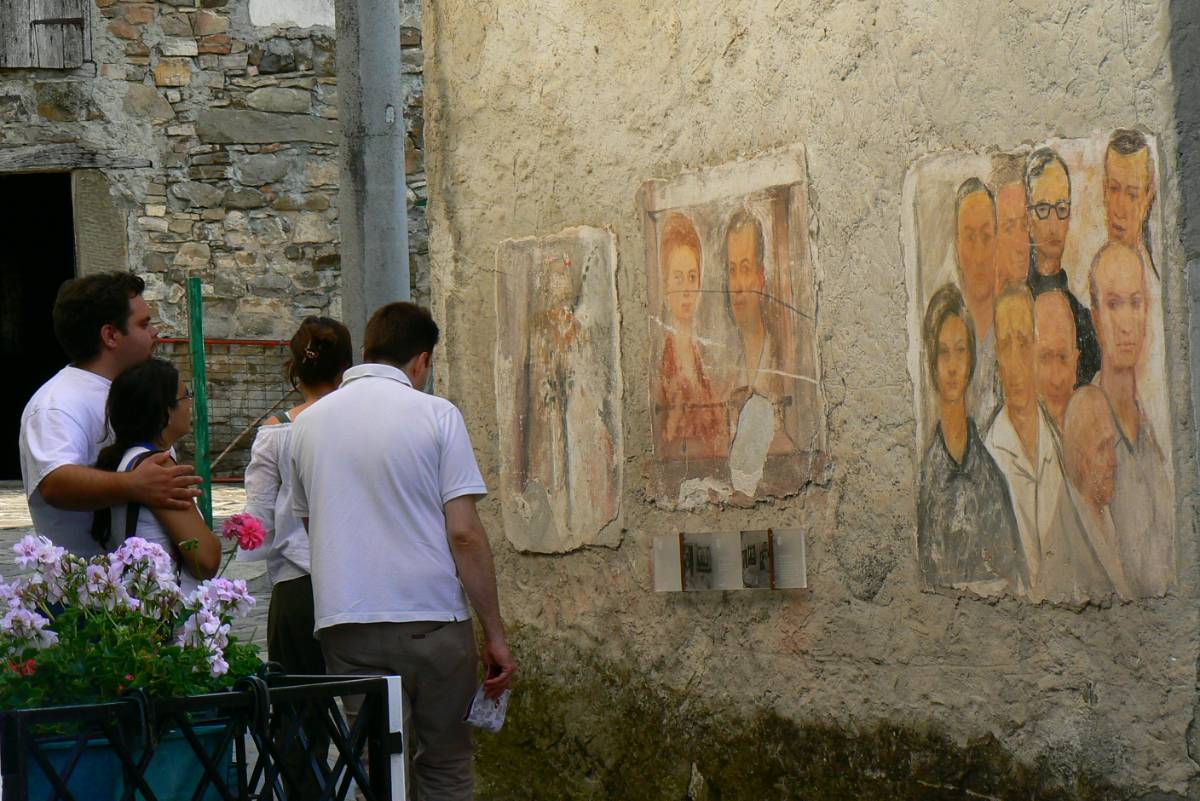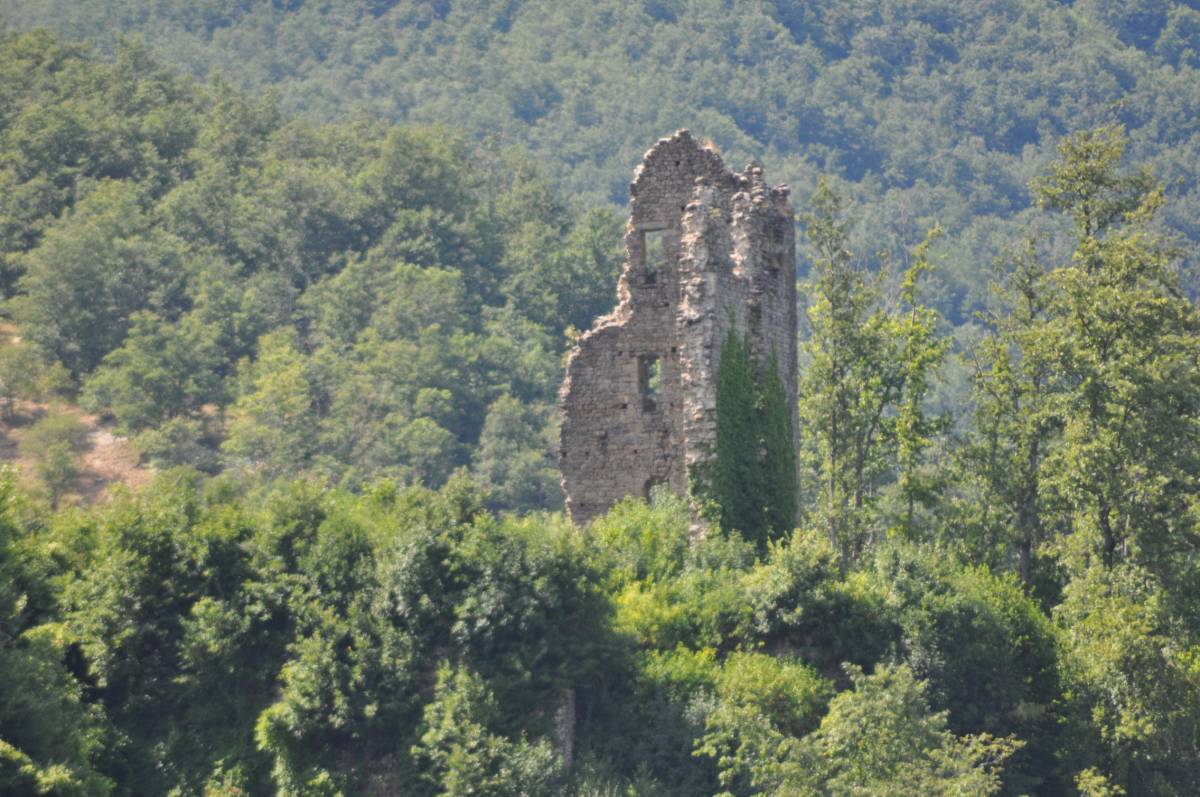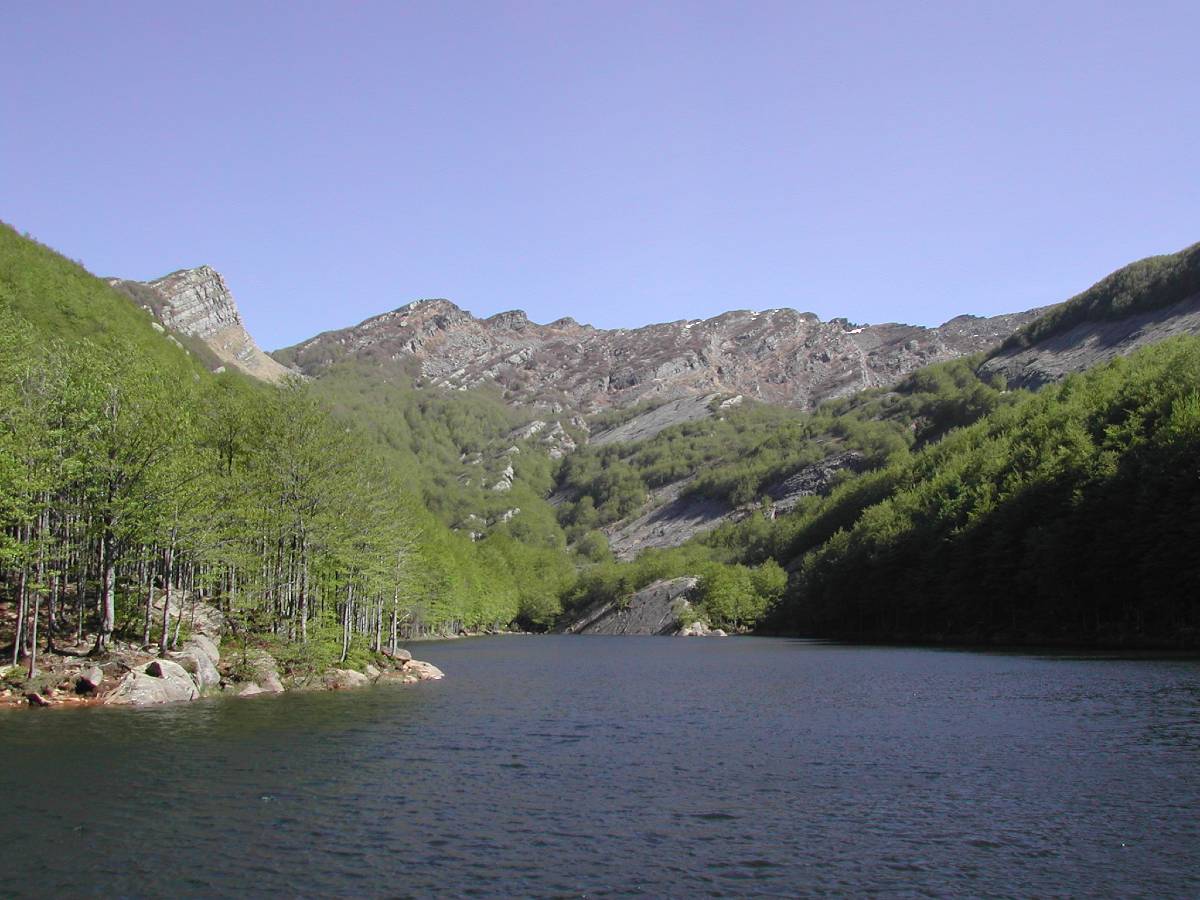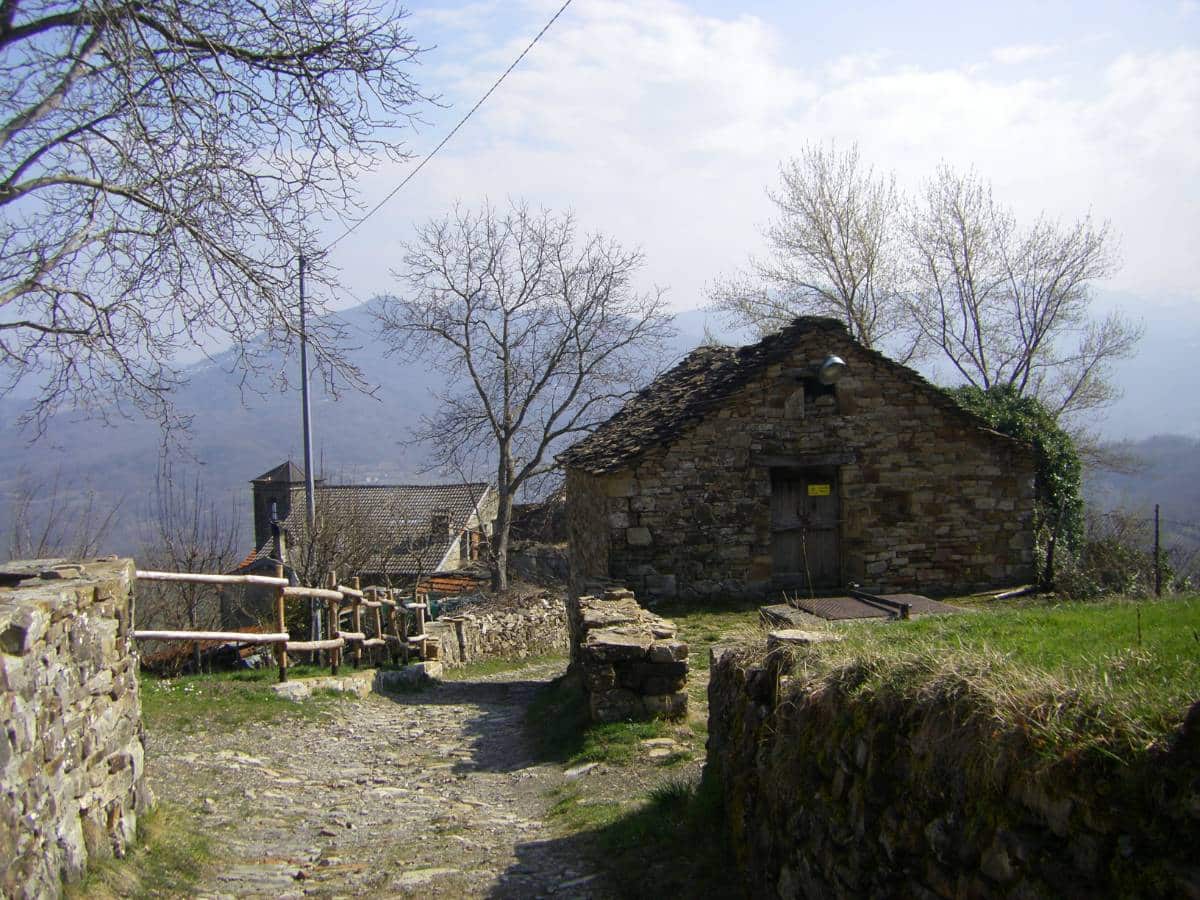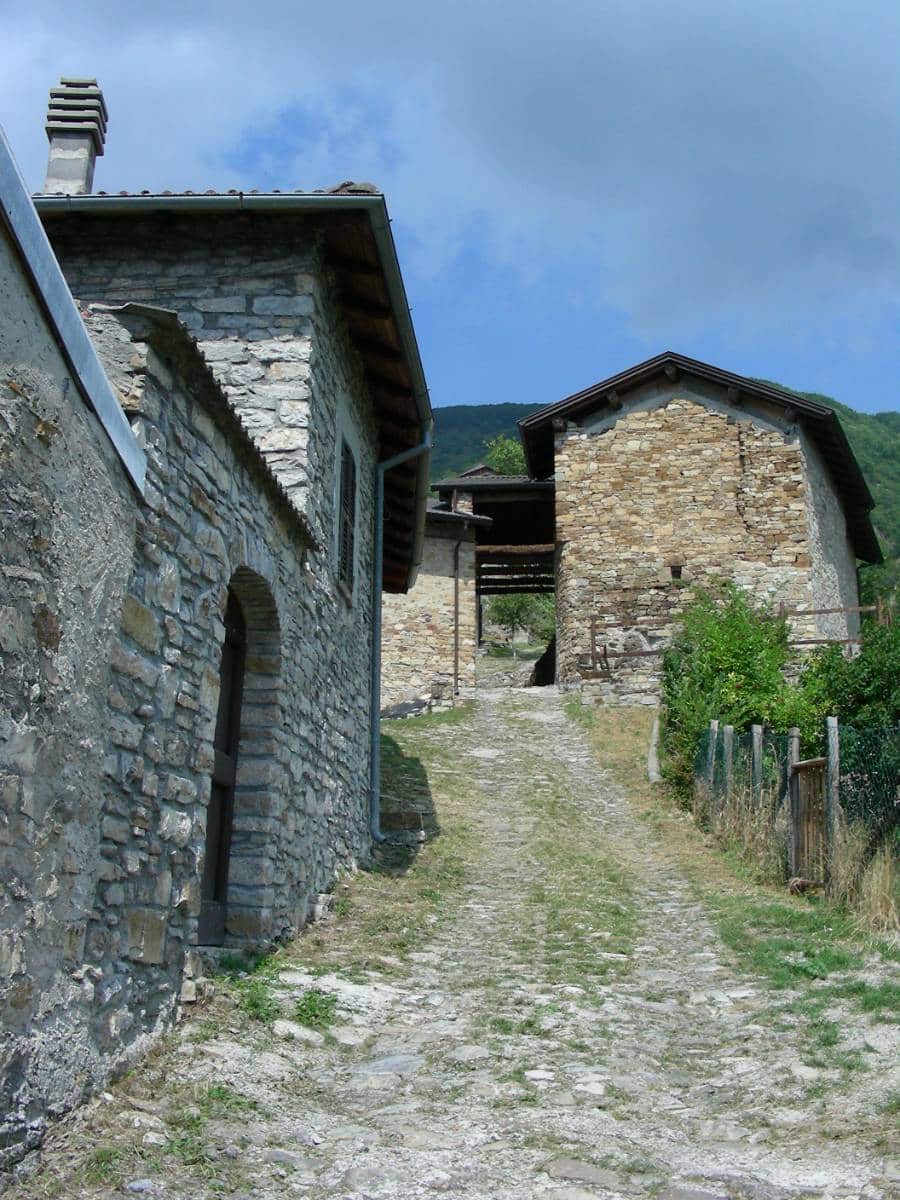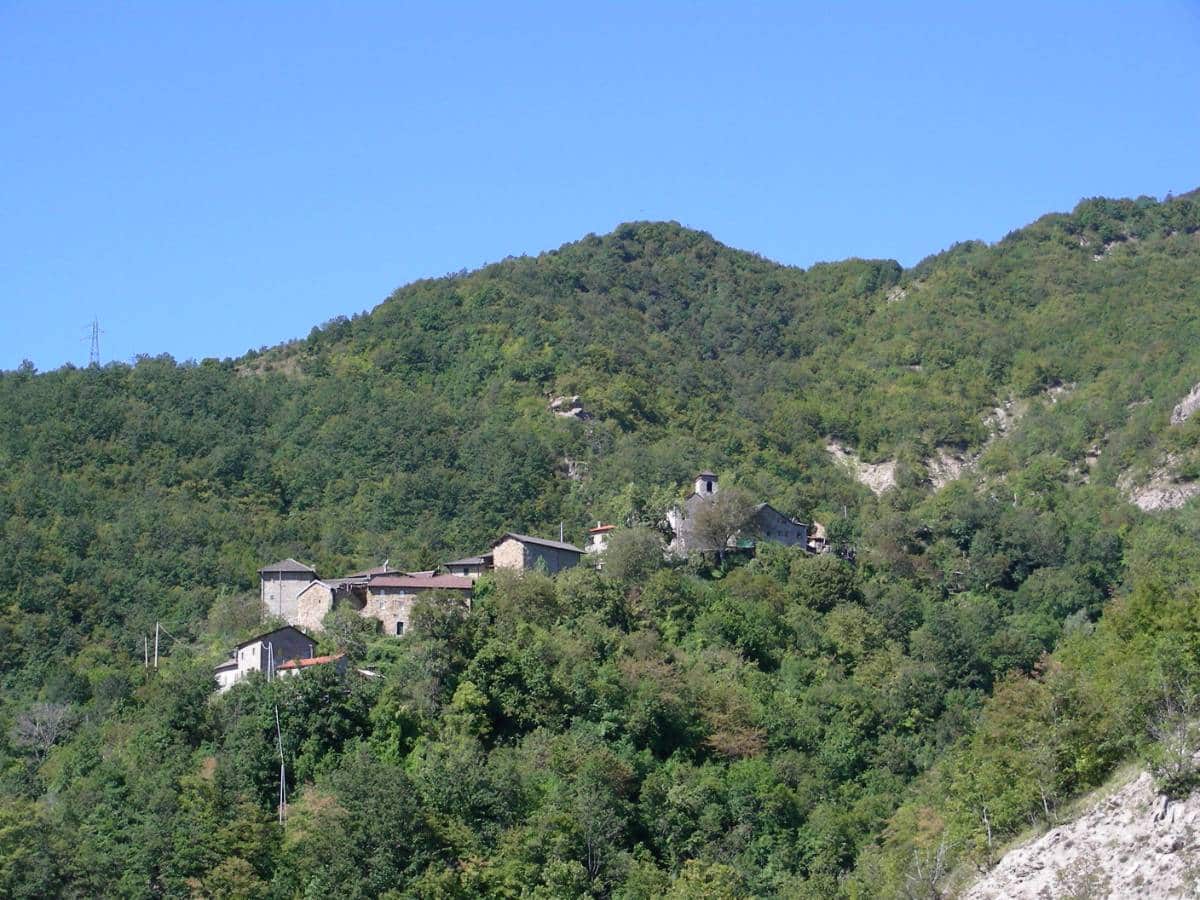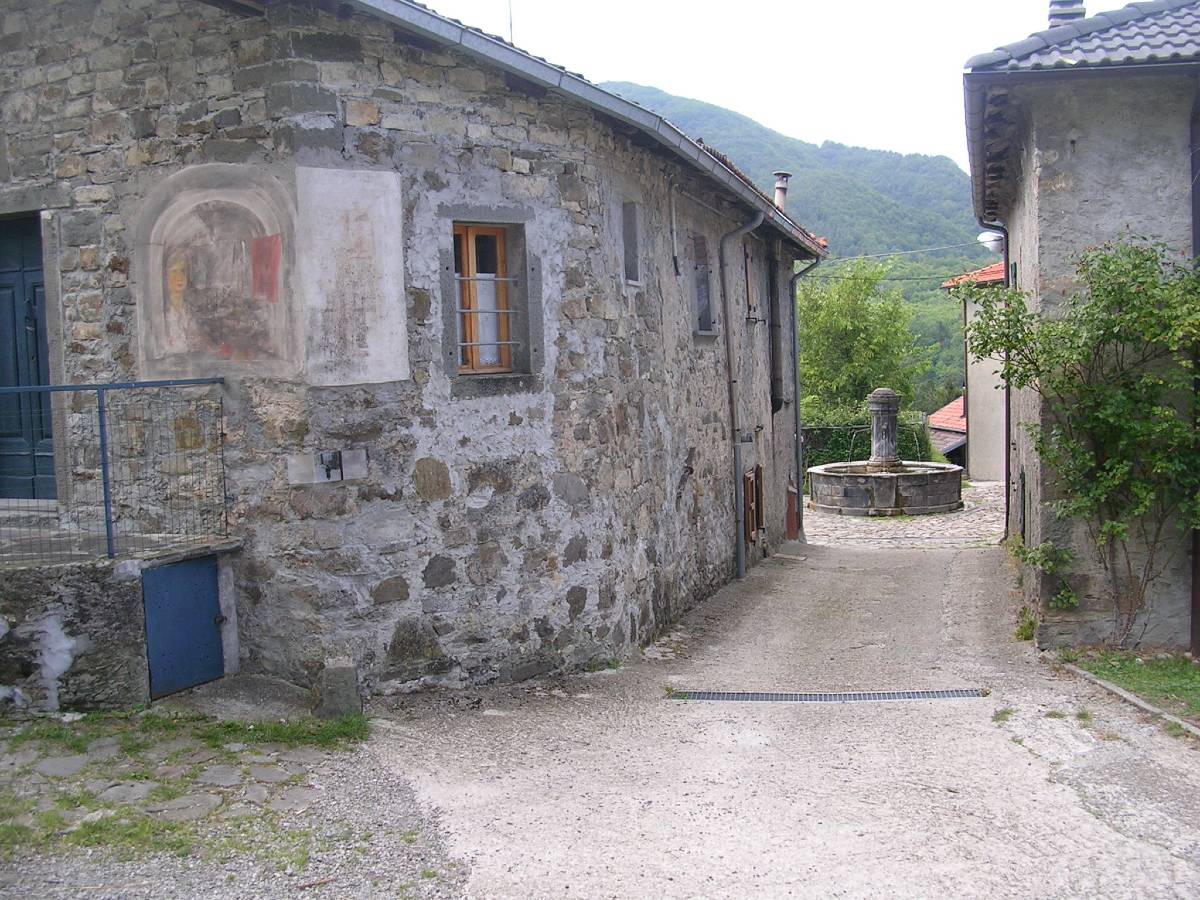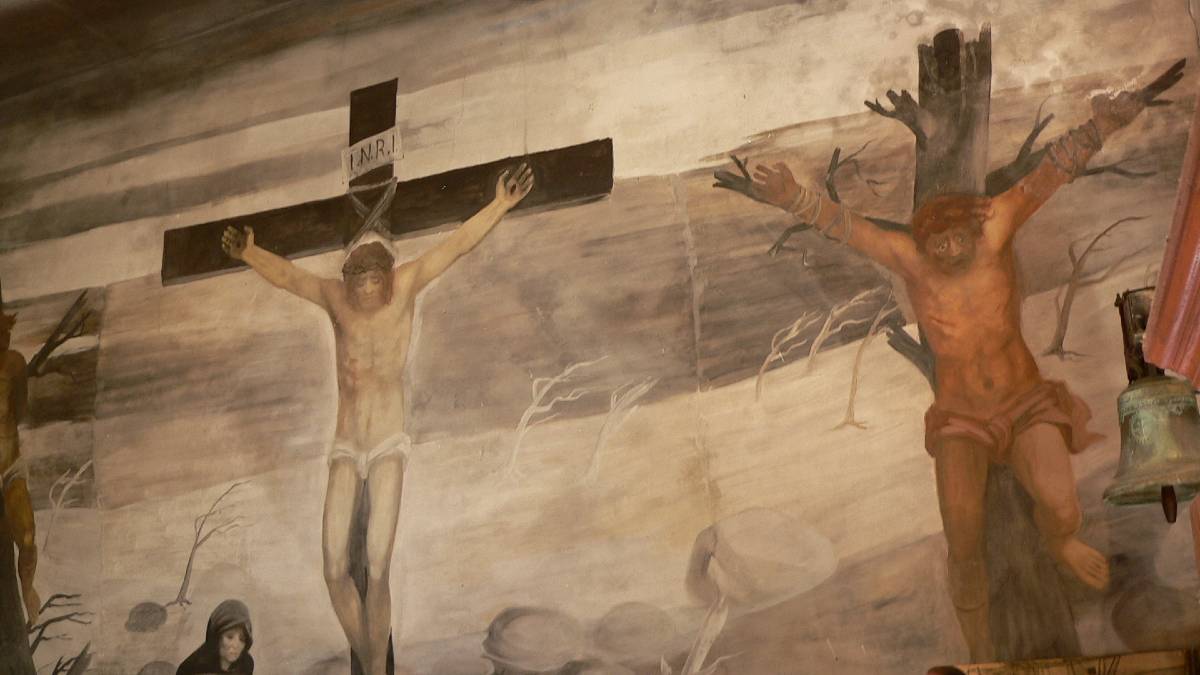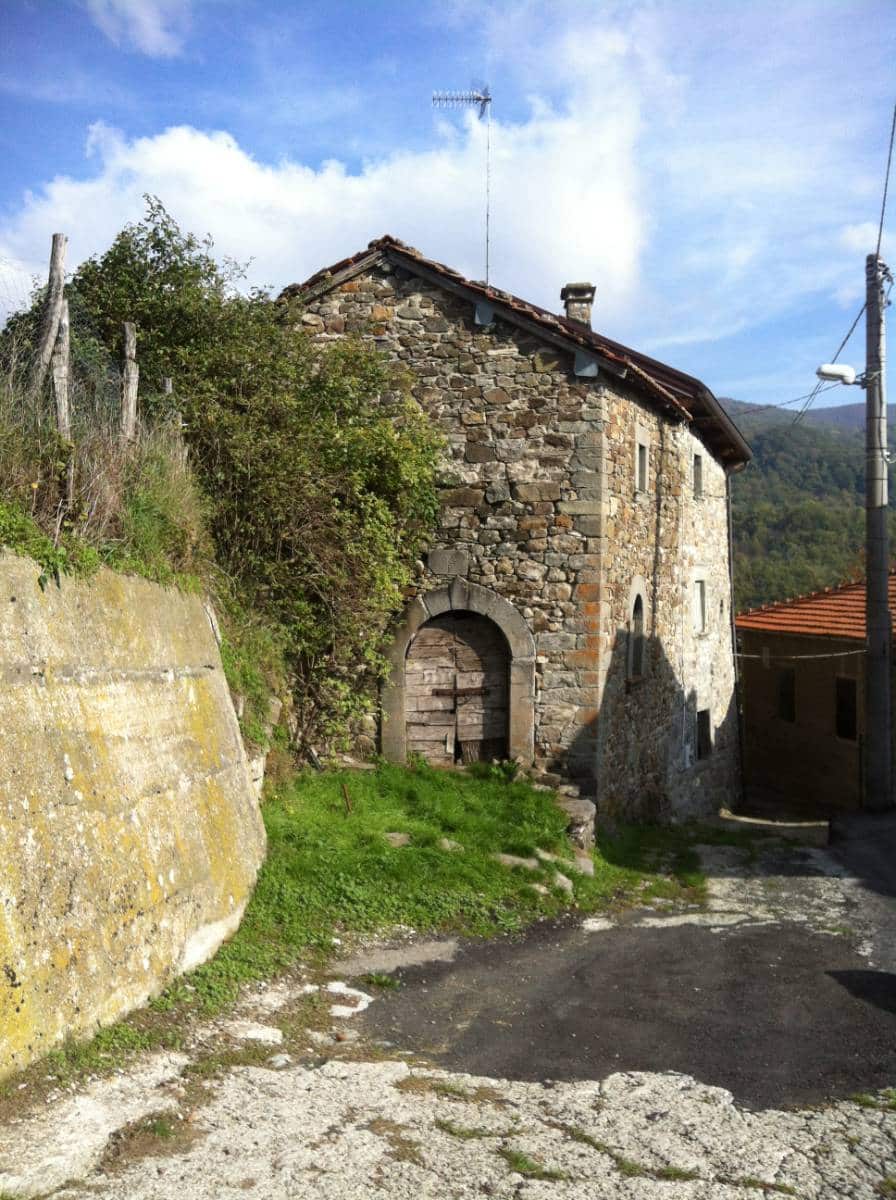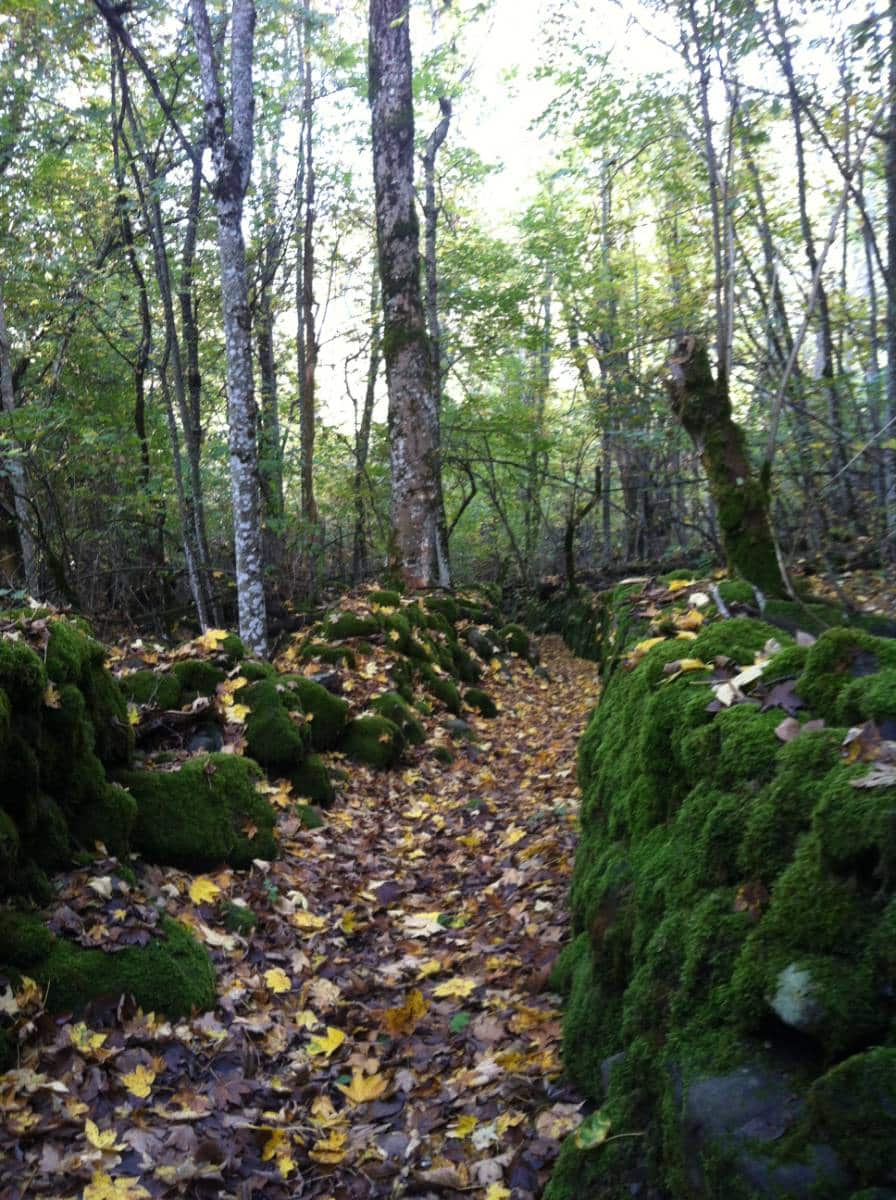When you plan to visit Corniglio, an ideal tour can only start from Piazza Castello located right in the center of the town of Parma, which takes its name from the Castle overlooking the valley below. Nowadays, the appearance of this building is very different from that of its origins, even if it preserves part of the original walls, especially the circular ramparts to the north.
We do not know much about its original construction, as there are no documents left, but it seems to have been built at the behest of the bishop of Parma who owned this area around the year 1000. The castle then passed under the administration of the municipality of Parma and then to the Rossi family, who in the period between the fourteenth and sixteenth centuries also took care of reinforcing and renovating it. The castle then passed to the Dukes of Milan, to those of Parma, to be finally ceded to the Municipality. Still today, a large part of the building houses offices and municipal services.
Perhaps the most important attraction of the area around Corniglio is the Lago Santo, which is located in the area just above the town, at about 1,500 meters above sea level. Lago Santo is part of the National Park of the Tuscan-Emilian Apennines but also of what is known as the informal Regional Park of the Hundred Lakes. It is the natural lake of glacial origin that boasts the largest extension of the entire northern Apennines: it reaches a maximum depth of 22.5 meters.
The lake can be easily reached even with a short walk from the parking lot below. Sitting on its shores is beautiful in summer, when you can sunbathe, but it is the colors of autumn that really bewitch you, thanks to their warm shades that plunge into the blue water.
Finally, returning to the village, you can not miss a visit to the Lower Sixth. One of the most interesting peculiarities of Corniglio is not linked to its ancient origins, but rather to a modern art. Going around the village you will notice more than thirty facades painted with murals by the local painter Walter Madoi. The murals depict not only famous people, but also faces recognizable for the locals. The painter has produced a considerable influence with his work, as can also be seen in the cycle of the Crucifixion inside the village church. One point of interest that cannot be missed is the church of the Assumption of the Virgin Mary, not only because of the presence of Madoi's painting, but also because of its interesting architectural structure.
What to do in Corniglio: trekking and activities not to be missed
The Holy Lake is the paradise of a very rich equestrian fauna: here it is possible to fish trout, alpine char, rudds and some species of crustaceans. It is important to note that in order to practice fishing it is necessary to have, in addition to the specific license, also a card issued by the Emilia Romagna region for fishing in water from salmonids. You can dedicate yourself to this activity on the following days: Monday, Thursday, Saturday, Sunday and holidays. If you plan to visit this lake in winter, you can notice or take part in ice diving, a very original sport that attracts many fans.
Two other lakes not to be missed are the Lagoni, always inside the Parco dei Cento Laghi, and reachable by taking a detour on the main road that leads to Lagdei. For those who want to try their hand at an excursion that allows to discover the naturalistic beauties of this area, it is possible to take a route that touches other three lakes: Lake Pradaccio, Lake Scuro and Lake del Bicchiere.
The Pro Loco can offer punctual information regarding possible seasonal variations, as well as useful advice for an excursion in total safety.
Corniglio is part of the Strada del Prosciutto e dei Vini dei Colli Parmensi circuit, along with other beautiful villages including Fornovo di Taro and Varano de' Melegari. That is why when you visit this beautiful village you absolutely cannot avoid tasting some excellent Parma ham.
The food and wine experience should be completed by sipping a glass of Malvasia delle Colline, a specialty that can be tasted only in this area. The local producers have done an important job of rediscovering the native grape varieties and in general are constantly working to preserve the raw materials in the best possible way.
If you visit Corniglio during the Christmas period it is worth visiting the market and buying a piece of spongata. This is a Christmas dessert made in these areas for generations and still reproduced paying the utmost attention to respect the recipe handed down for generations. The spongata, in fact, dates back to the period of domination of the Rossi noble family: it was possible to trace the origins of this exquisite preparation thanks to the connection with its diffusion also in Berceto, another place of domination of the Rossi family from which the recipe was stolen.


